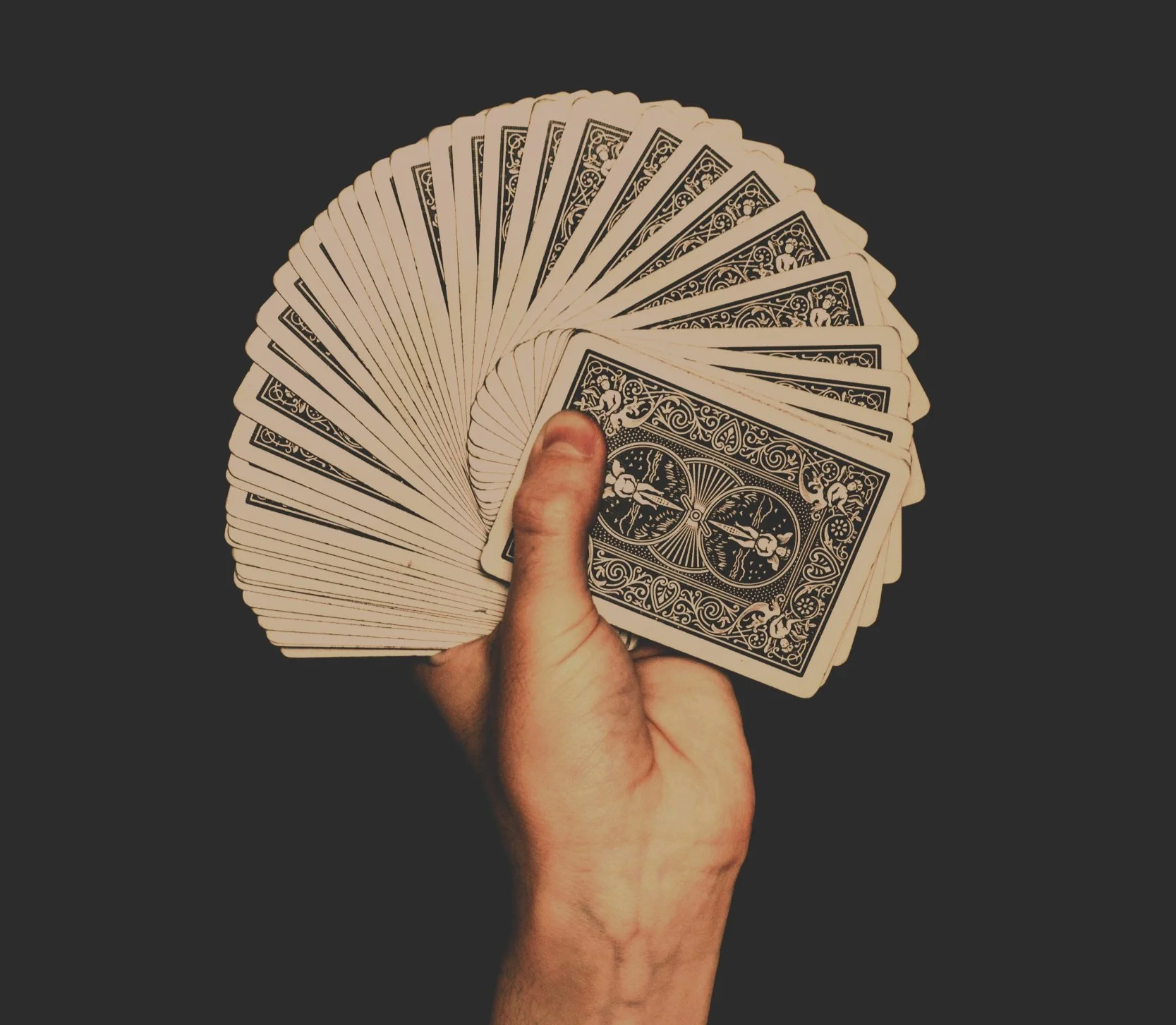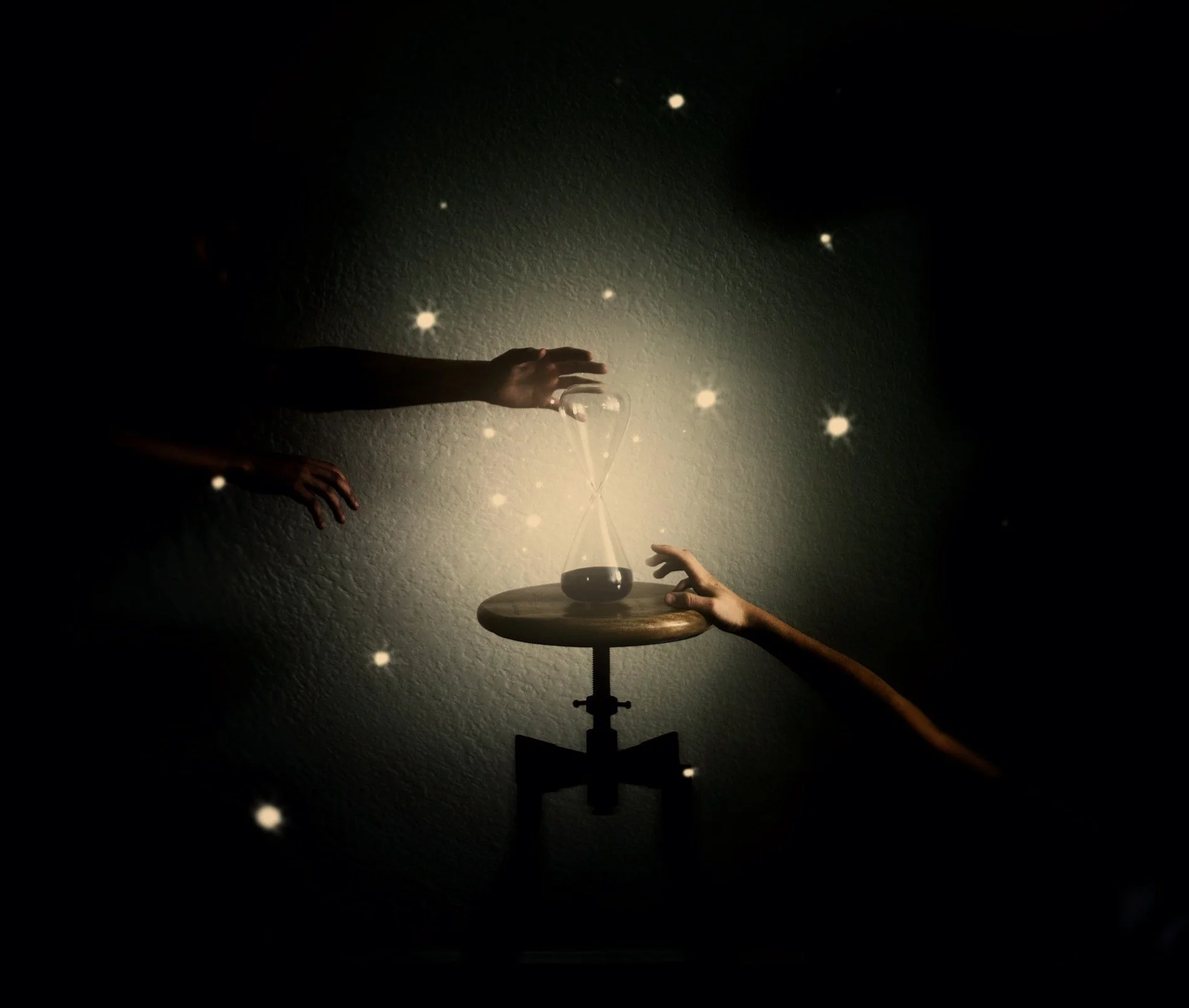Clairgnosticism: The Clair You Feel in Your Bones
I call myself a clairgnostic tarot reader because my gift is all about knowing—clear, immediate knowing that doesn’t come from logic, symbols, or even the tarot cards themselves. It’s not something I trained into or something that fits neatly into common psychic labels like clairvoyance or clairsentience. My process is internal, intuitive, and often impossible to explain.
For the longest time, I thought I wasn’t psychic or connected enough. I wanted to see visions. I wanted to hear spirit guides. I sat in hour long meditations and waited for spirit to give me messages… I tried to fit myself into the boxes most spiritual schools offer—but none of them felt like home.
Years ago, even my astrologer noticed. She told me I had what she could only describe as a powerful inner knowing. She even joked that I had an “explaining problem”—I knew things, but couldn’t explain how. Her words resonated and they stuck with me. And eventually, I found a name for it: clairgnosticism.
Clairgnosticism isn’t flashy or dramatic. It doesn’t come with visions, voices, or chills down your spine. It’s subtle. Instant. Internal. You just know. And that’s what makes it powerful—and at times, incredibly hard to trust.
What Is Clairgnosticism?
Clairgnosticism means clear knowing. It bypasses traditional senses and logic entirely. There’s no buildup, no process—it’s simply truth arriving fully formed in your awareness. It doesn’t feel like guessing or intuition. It feels like remembering something you already knew deep down.
Because it’s so subtle and effortless, many people overlook it—or dismiss it entirely. It doesn’t come with proof. And in a world that values evidence and explanation, that can make it hard to believe in your own clarity.
How the Tarot Cards Speak What I Already Know…
Even though clairgnosticism is a constant part of how I navigate the world, it’s not something that’s switched on all the time. It tends to activate most clearly in focused settings—especially during tarot sessions, where the energy is intentionally centered around seeking insight and finding answers. The structure of a reading invites that deep knowing to surface in a more direct, intentional way.
When I read tarot—whether for clients or myself—clairgnosticism is always present. I often sense the energy of a reading before I even lay down the cards. The message feels like it’s already there, and the cards simply give it structure and language.
Ironically, it’s often easier for me to read for strangers. When I don’t know the backstory, there’s no personal bias—just clear space for the message to come through.
I don’t want too many details before a reading. Just a little context is enough. The less I know, the purer the insight. It allows me to speak what I know without second-guessing or overthinking.
When I read for myself, it’s much the same. The knowing comes first. The cards follow as confirmation. Over time, I’ve learned to trust that order—and that trust has become the foundation of my practice.
Clairgnostic vs. Intuitive
All clairgnostics are intuitive, but not all intuitives are clairgnostic.
Intuition often feels like a nudge—a slow-building sense or emotional cue that guides you gently. It might need time or reflection to become clear. Clairgnosis is more abrupt. It lands. It announces itself in silence, without needing to build up.
Intuition might whisper. Clairgnosis declares. But both are valuable—and both require trust.
The Struggle of Trusting What Feels Too Easy
Clairgnosticism often feels too easy to be real. You don’t see visions or get chills. You just know something—and that simplicity can make you question yourself.
How do you say “I just know” without sounding arrogant—or worse, like you’re making it up?
Many clairgnostics keep quiet for fear of being misunderstood.
I used to doubt myself, too (and still do sometimes). But over time, through repeated confirmation and client validation, I’ve come to trust this gift. I still practice that trust every day.
How “Clear Knowing” Feels in Practice…
You’re talking to someone, and you suddenly know what’s going on. What they’re avoiding. What they need to hear. And you knew it before they even finished explaining.
That’s clairgnosticism. It’s fast. It’s full. And it doesn’t wait for permission.
And still, it takes courage to say it out loud. The more you do, the more you realize how accurate—and powerful—this knowing truly is.
Are You Clairgnostic?
If you’ve ever:
Known something instantly without knowing why?
Hesitated to speak your insight because it came “too easily” or couldn’t be explained?
Felt like a fraud in spiritual spaces because you didn’t see or hear anything—just knew?
Did this post resonate deeply?
Then you might, perhaps be clairgnostic, too.
Building Trust in the Quiet Voice Inside
Clairgnosis isn’t something you force—it’s something you notice. Here are a few gentle ways to build a relationship with your inner knowing:
1. One-Card Pulls
Before pulling a tarot card, ask your question and pause. Don’t draw yet. First, write down what you already know. Then pull the card and see how it supports or deepens that knowing.
2. Morning Knowing Journal
Each morning, write three things you “just know” about the day ahead. Don’t analyze—just notice. At the end of the day, reflect on what played out.
3. Speak It Before You Filter It
Whether reading tarot (or other kinds of divination) for yourself or someone else, say the first thing that comes to mind—even if it’s weird or bold or doesn’r make sense. Let it be messy. Often, that’s where the truth lives.
4. Mirror Practice
Look into your own eyes and ask: “What do I need to know right now?” Let whatever comes rise up and write it down. This is great for building confidence in solo sessions.
Clairgnosticism vs. Claircognizance
The two are related, but not identical.
Claircognizance refers to sudden insights or mental downloads—like receiving ideas out of nowhere. It’s more common and often focused on information.
Clairgnosticism, however, is deeper. It’s not just a thought—it’s a felt truth. A spiritual or soul-level knowing that often defies language. It doesn’t just inform; it transforms.
Some use claircognizance to describe both, and that’s okay. But if you’ve always known that you know, and couldn’t explain how—you might be clairgnostic.
It’s not about becoming more psychic. It’s about finally listening to what you already know.
Want to experience it for yourself? Book a reading with me or use the exercises above to deepen your own trust in inner knowing. I also wrote another blog post on this topic.
✧ Disclaimer ✧
I don’t consider myself an all-knowing oracle or final authority on clairgnosticism. This post is a reflection of my personal experience with a subtle, often hard-to-describe gift that I’m still learning to trust and understand.
It’s primarily through my own tarot practice—both reading for myself and for others—that I’ve begun to recognize how this inner knowing works. Writing about it is part of how I make sense of something that doesn’t come with rules or step-by-step guides.
If what I’ve shared resonates with you, I’m honored. If your experience looks different, that’s completely valid too. We each connect to our intuition in our own way. I’m simply offering my perspective, in case it helps you name or trust something already alive within you.



